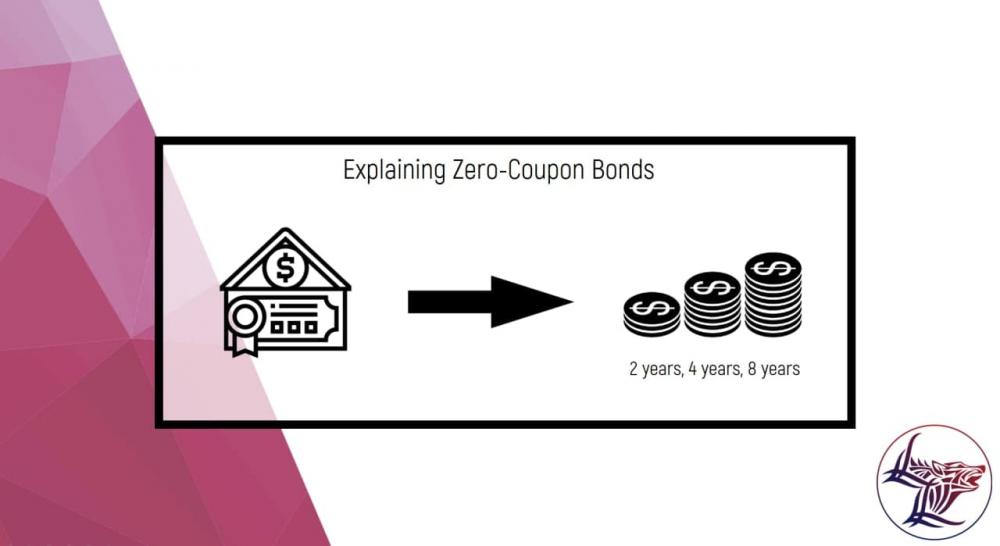
Bonds tend to attract Investors by their interest income. Therefore, the idea of purchasing a bond that does not pay any interest may appear contradictory. Nevertheless, zero-coupon bonds, also known as “zeros” do exist, and trade on the capital markets.
The difference between a regular bond and a zero-coupon bond is the payment of interest, known as coupon payments. A regular bond pays interest to investors by way of coupons payments, whereas a zero-coupon bond does not make such interest payments, although zero-coupon bondholders receive the face value of the bond at the time it reaches maturity.
A zero-coupon bond usually trades with a deeper discount than a regular bond and offers higher returns than a regular bond with the same maturity because of the shape of the yield curve. With a normal yield curve, long-term bonds have higher yields than short-term bonds. To put things in perspective, regular coupon bonds’ interest payments are comparable to small zero-coupon bonds that mature earlier. Their Interest payments reduce the wait time and the risk, also lowering the expected returns.
Nevertheless, zero-coupon bonds do involve various types of risk. As with typically all bonds, zero-coupon bonds can entail interest-rate risk if they are sold before maturity. If interest rates rise, the value of a bondholder’s zero-coupon bond on the secondary market will likely drop. Long-term zeros can be particularly susceptible to changes in interest rates as well as inflation rates over a long period, thus posing a so-called duration risk. It is not surprising, that zero-coupon bonds are more volatile than coupon bonds, so speculators can use them to earn bigger profits from anticipated short-term price fluctuations.
Municipalities, federal agencies, financial institutions, and corporations issue zero-coupon bonds. One of the most popular “zeros” in the US stands out for its name of STRIPS - Separate Trading of Registered Interest and Principal Securities. As follows from the name, the interest is stripped from the bond.
STRIPS have a particularly appealing feature for investors in the sense that they are non-callable, - which means they cannot be called to be redeemed when the interest rates fall. This feature protects the bondholder from the risk that he will have to make do with a lower rate of return if his bond is called.
In addition, while there is little risk of default associated with, for example, the US Treasury zeros, default risk always has to be taken into account when assessing and investing in corporate and municipal zero-coupon bonds.
In our next post, we will explain how to calculate the yield to maturity of a zero-coupon bond.
